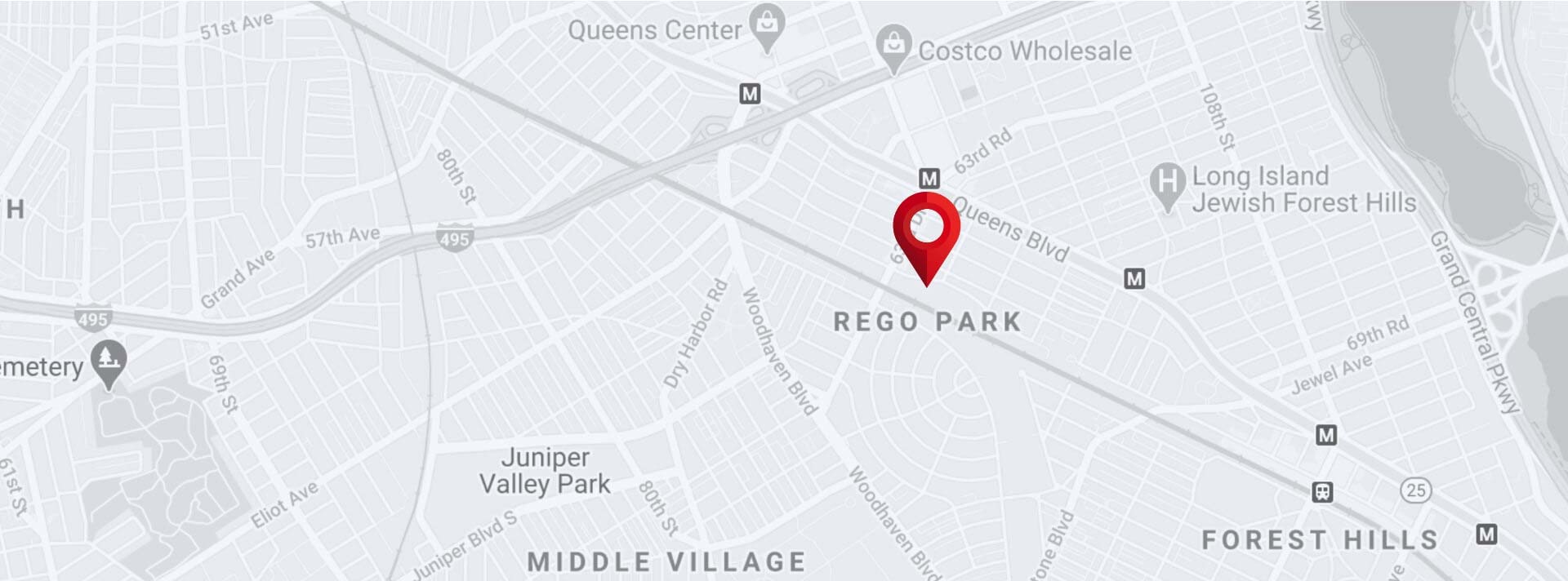Lumbar Degenerative Disc Disease Overview
Although the spine is in a near-constant state of degeneration after our 20s, most people don’t start to experience symptoms of DDD until they reach their 60s or 70s, Dr. Anand says. “Seventy to 80% of people have some sign of degeneration on an MRI, but not everyone has symptoms. Others have severe pain with pretty normal-appearing backs. It’s the way the spine bears the weight,” he explains.
He adds that in most cases, the degeneration of the spine is a very gradual progression, so you may not notice any symptoms at all in the early stages.
When you do start to have symptoms, the first one is probably going to be back pain. You may also notice it spreading, especially to your buttocks or upper thighs (hello, sciatica). That’s common in DDD because, while the problem may disc damage, it usually affects other nearby structures – including nerves.
What if your experience with back pain is entirely different? Disc degeneration may still be the culprit. Symptoms vary widely and may include:
- Feeling like your back has “seized” or “locked up”
- Neck pain
- Loss of motion in your spine
- Stiffness in your back
- Pain that radiates through your buttocks and legs or arms and hands
- Pain that worsens with extended periods of sitting
- Leg or foot weakness in severe cases

Treatment Options
Conservative Treatment
- Physical Therapy
- Chiropractor
- Anti-Inflammatory Medications
- Acupuncture
Surgical Treatment
Lumbar Spinal Fusion


